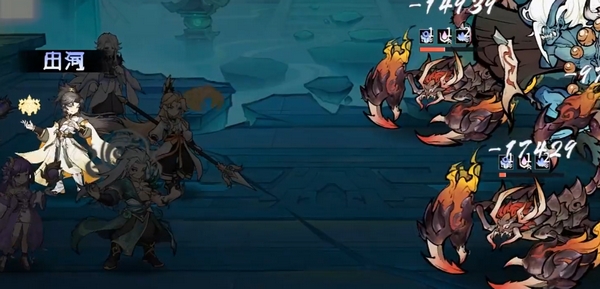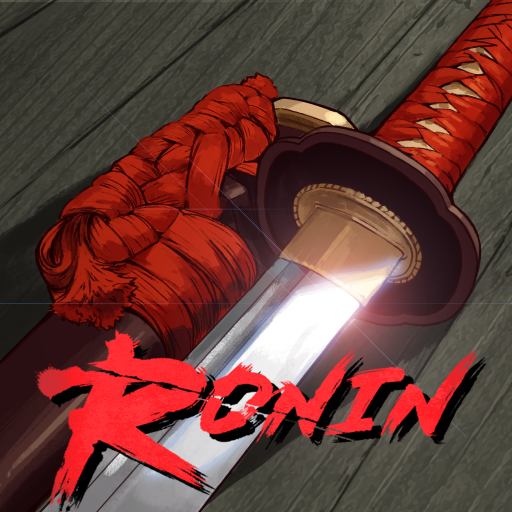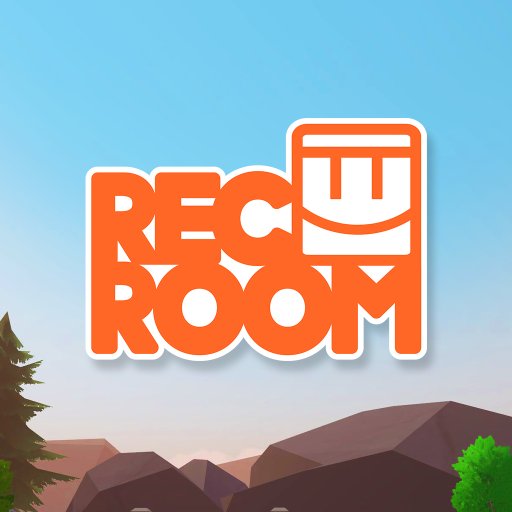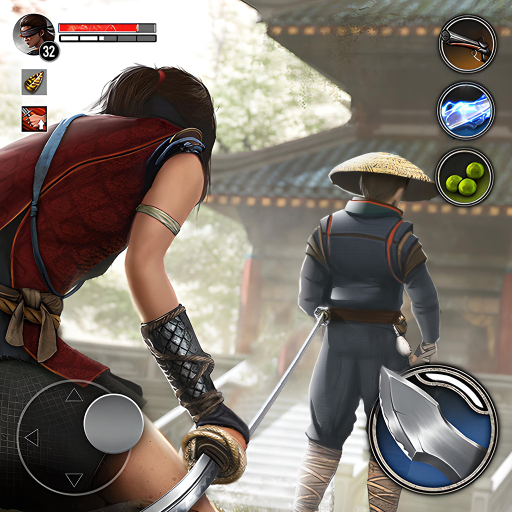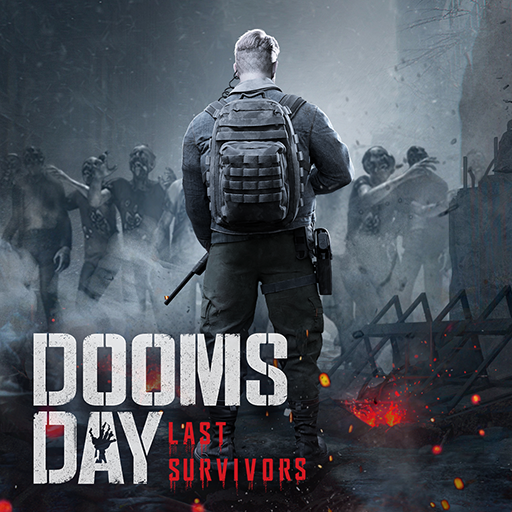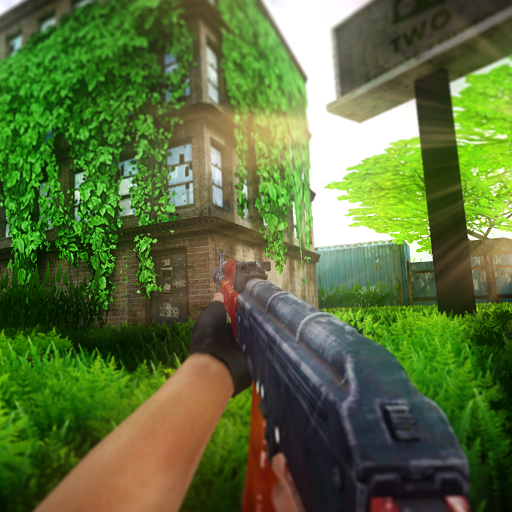Today, the editor brings you the content of the final home layout gameplay in Frostpunk. City layout is not just a simple stacking of buildings, but a key strategy for survival and development. In this end-of-the-world setting shrouded by eternal ice and snow, every inch of land and every building placement carries the hope of life and the possibility of civilization's continuation. When players take on the heavy responsibility of city management and step into this icy world, what first meets their eyes is desolation. Let's follow the editor to see how to build a home.
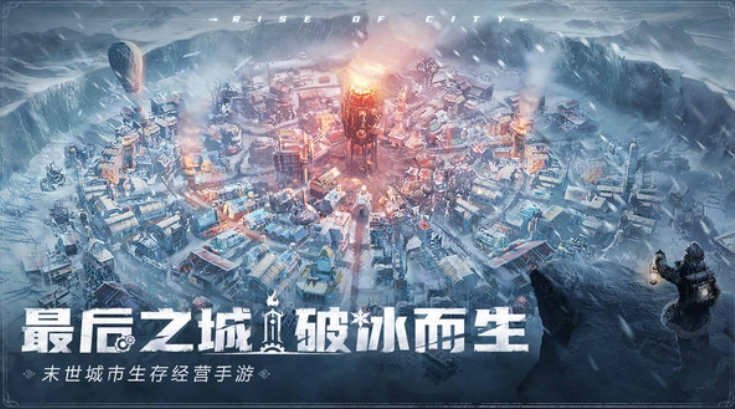
The game constructs a post-apocalyptic world covered by extreme cold, where players bear the responsibility of leading survivors to establish and manage a city. This requires players to plan comprehensively in multiple aspects such as resource collection, facility construction, and technological research and development. In the harsh environment of -150°C, solving the basic needs of residents and resisting the invasion of the cold are crucial. As city managers, players will face many difficult moral choices. In times of extreme resource scarcity, whether to allow child labor to increase productivity, when distributing scarce medicines, which groups to prioritize, and when refugees request to enter the city, whether to accept them and how to determine the priority of acceptance. These decisions do not have absolutely right answers, but they profoundly affect the residents' hope and dissatisfaction values, thereby triggering different plot branches and endings, allowing players to immerse themselves in reflections on the light and darkness of human nature during the gaming process.
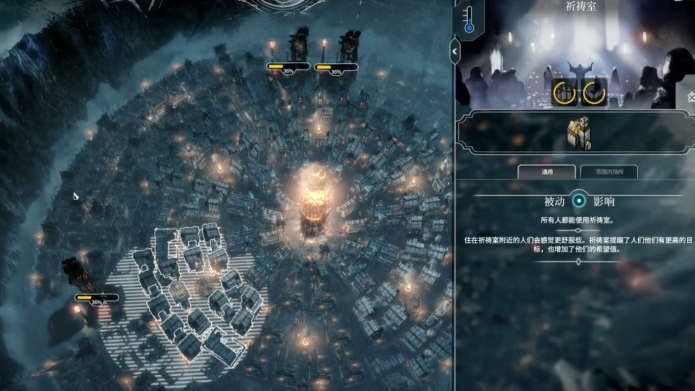
Building layout is very important. A concentric layout with the energy tower at the center, residential areas set in the inner circle to ensure good heating for residents, industrial zones planned in the middle circle for convenient use of the energy provided by the energy tower, and non-heated areas arranged in the outer circle. This layout has high heating efficiency and is suitable for adoption when the city develops to the mid-to-late stages and resources are relatively abundant, but it consumes more resources. A sector layout can divide the city into different areas such as residential, industrial, and functional zones, connected to the energy tower via roads. This layout is highly mobile and advantageous in responding to external enemy invasions or resource transportation, but it requires strengthening the city's defenses to resist potential external threats.
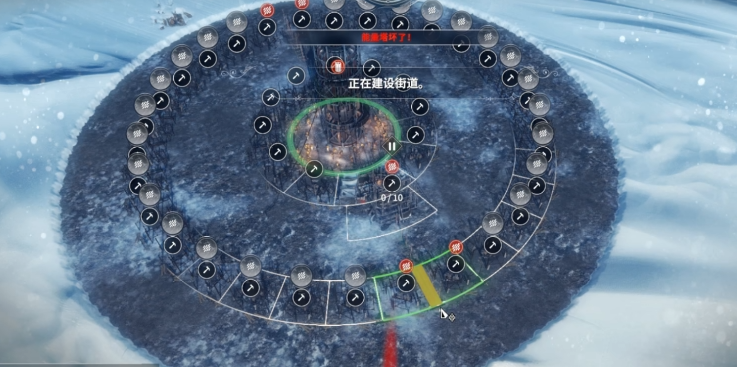
In the early stage, prioritize constructing tents to quickly expand the city's population and increase the workforce. Next, build hunter huts to ensure food supply, while also establishing medical stations to prevent and control the occurrence of plagues. In the mid-stage, the construction of workshops is urgent to promote technological breakthroughs and provide technical support for urban development. Construct steam hubs to achieve centralized heating and reduce coal consumption. Establish nurseries to boost children's hope values and stabilize social emotions. In the later stage, build faith facilities to meet the spiritual needs of residents. When criminal incidents in the city increase, construct prisons to maintain order. Set up resource storage rooms for strategic resource reserves to cope with sudden crises.
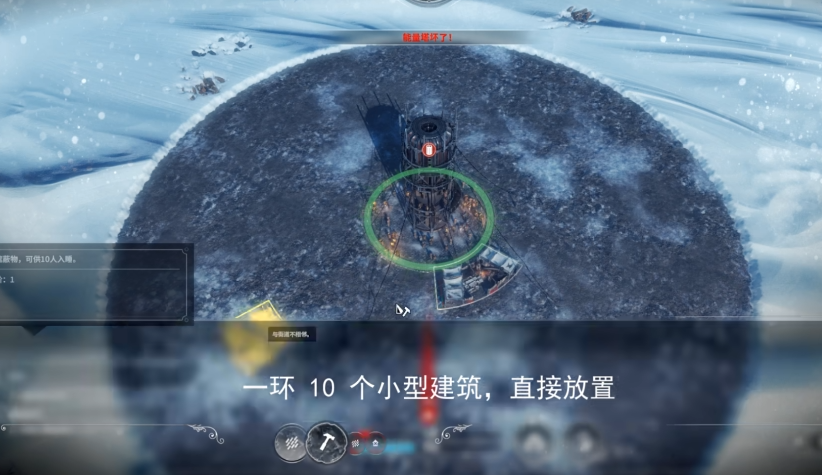
The editor has introduced the content of the final home layout gameplay in Frostpunk. In the new home mode, achieving zero deaths, meeting residents' needs, and refusing to cross the line laws can unlock the hidden achievement Golden Path. The level of the energy tower does not need to be maintained at the highest throughout; flexibly adjust the operating time and range according to day and night and weather conditions to avoid unnecessary coal consumption.

